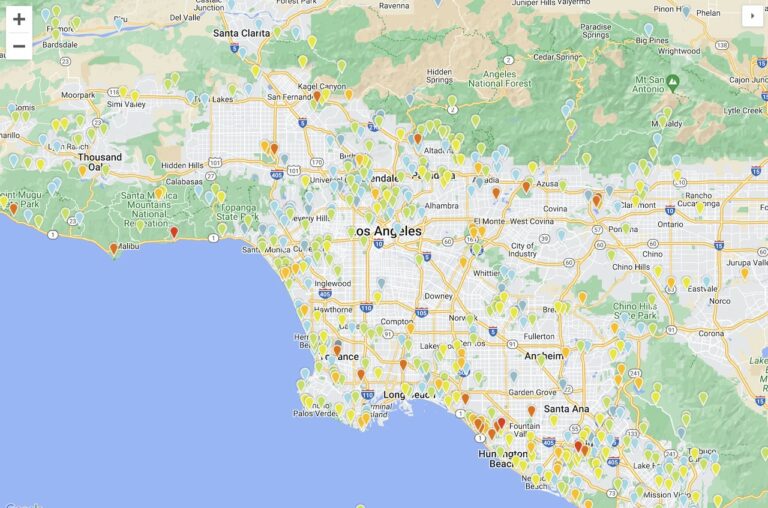Going birdwatching in a new, unfamiliar area can be intimidating. Here are a few tips to make the most out of your birding experience when traveling or exploring new areas.
Use eBird to research the new city or country you plan to visit
When preparing for birding in a new location, one of the first steps is to utilize the valuable resource of eBird. This essential online platform allows you to research popular birding hotspots in the area you’ll be visiting. By exploring eBird’s hotspot feature, you can gain insights into the birds that have been observed at specific locations and the frequency of those sightings. This helps you understand which areas are known for their bird diversity and abundance.
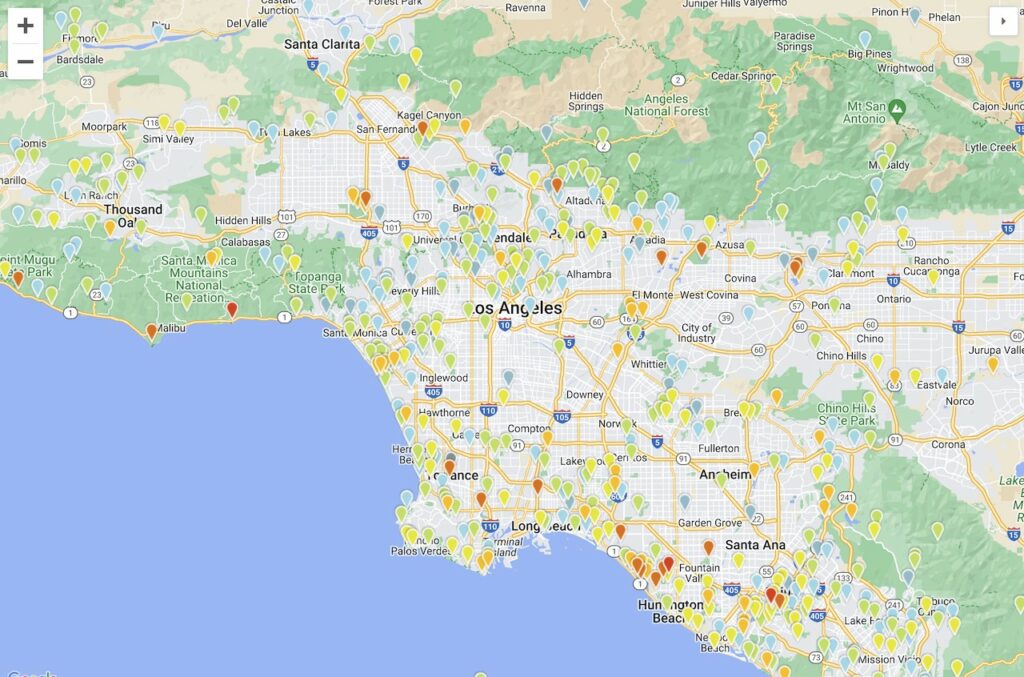
If your trip is planned well in advance, eBird allows you to narrow down your research to a particular time of year. By adjusting the map view, you can see the number of bird species present at each location during your chosen timeframe.
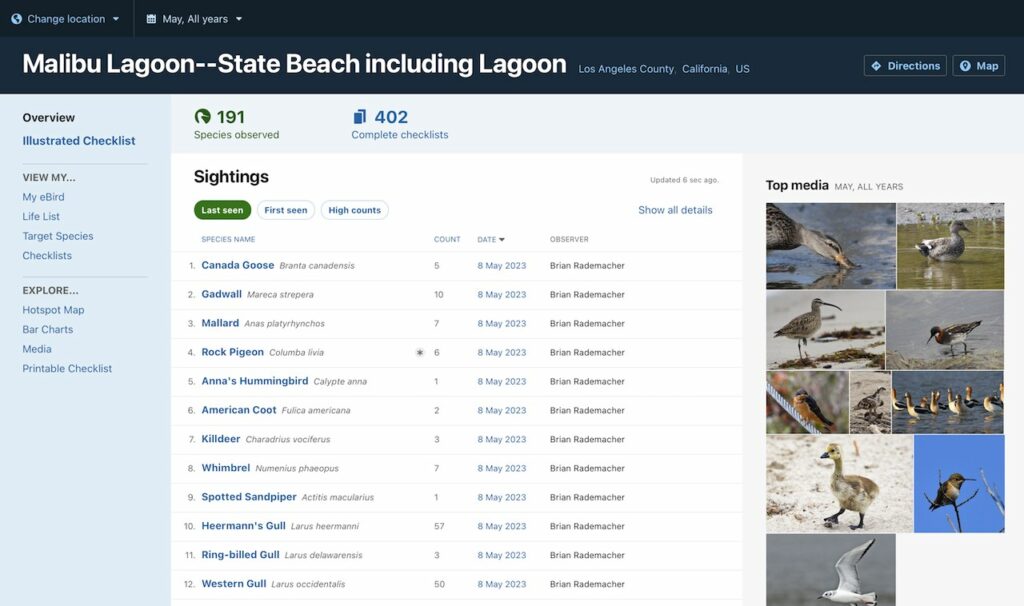
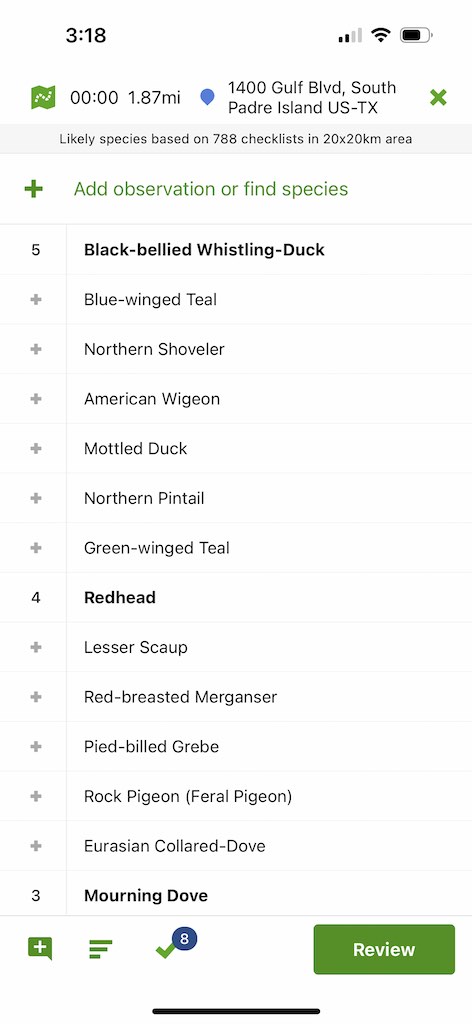
Choosing one of the hotspots highlighted on eBird provides you with a comprehensive list of birds that have been observed in that area. You can filter the results on this page to show the birds recorded during the specific time period you’re interested in. This gives you a preview of the bird species you can expect to encounter, allowing you to familiarize yourself with the local birdlife and prioritize your research.
You should also use the eBird app to report the birds you observe. Your checklist serves as a place to upload any photos or recordings you capture.
Study birds with the Merlin app
To further enhance your preparation, it’s beneficial to utilize the Merlin app. Before your trip, make sure to download the bird pack for the region you’ll be visiting. This ensures that Merlin displays only the species relevant to that particular area, streamlining your bird identification process.

Merlin is a powerful tool that provides you with detailed information about various bird species. It offers high-quality photos, audio clips of bird calls and songs, and descriptions of their physical characteristics, behavior, and habitat preferences. By browsing through the species profiles, you can familiarize yourself with the appearance, vocalizations, and ecological context of the birds you are likely to encounter.
While studying the birds with Merlin, pay close attention to the audio clips. Often, when birding, you may hear birds more frequently than you see them. Knowing their distinct calls and songs can be extremely helpful in identifying species, especially in dense foliage or when birds are hidden from view. Once you are in the field, leverage Merlin’s Sound ID feature to match the sounds you hear with the corresponding species. It provides real-time assistance in identifying birds based on their vocalizations, greatly enhancing your birding experience.
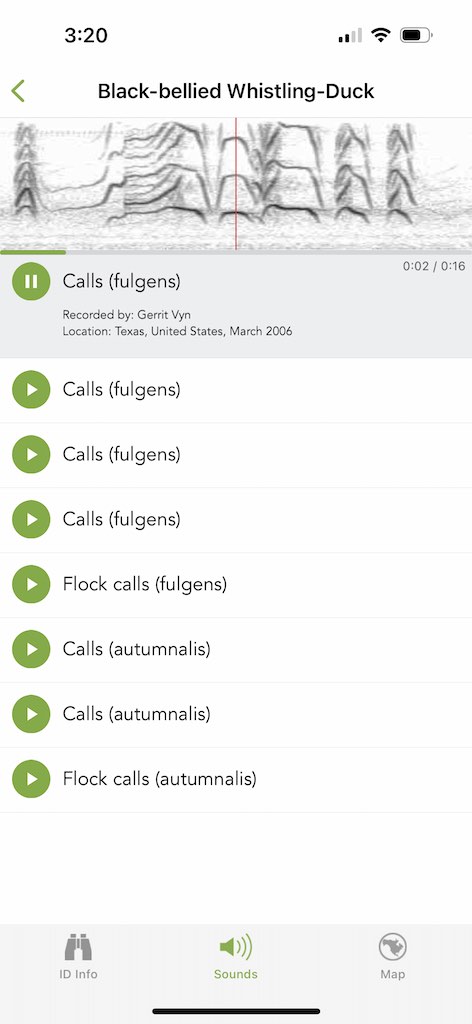
It’s important to note that Merlin’s Sound ID feature relies on the audio recordings uploaded to eBird. Therefore, in some locations, where the number of uploaded audio clips is limited, Merlin may not be trained on every species you encounter. Nonetheless, it remains a valuable resource for studying the birds in advance and familiarizing yourself with their visual and auditory characteristics.
Bring a camera to capture fleeting glimpses
While birding, it’s not uncommon to have brief encounters with birds, where they appear for just a fleeting moment. These encounters can leave you with a sense of wonder and curiosity, but sometimes the experience is too short to fully process the field marks or other identifying features of the bird. That’s where having a camera on hand becomes invaluable.
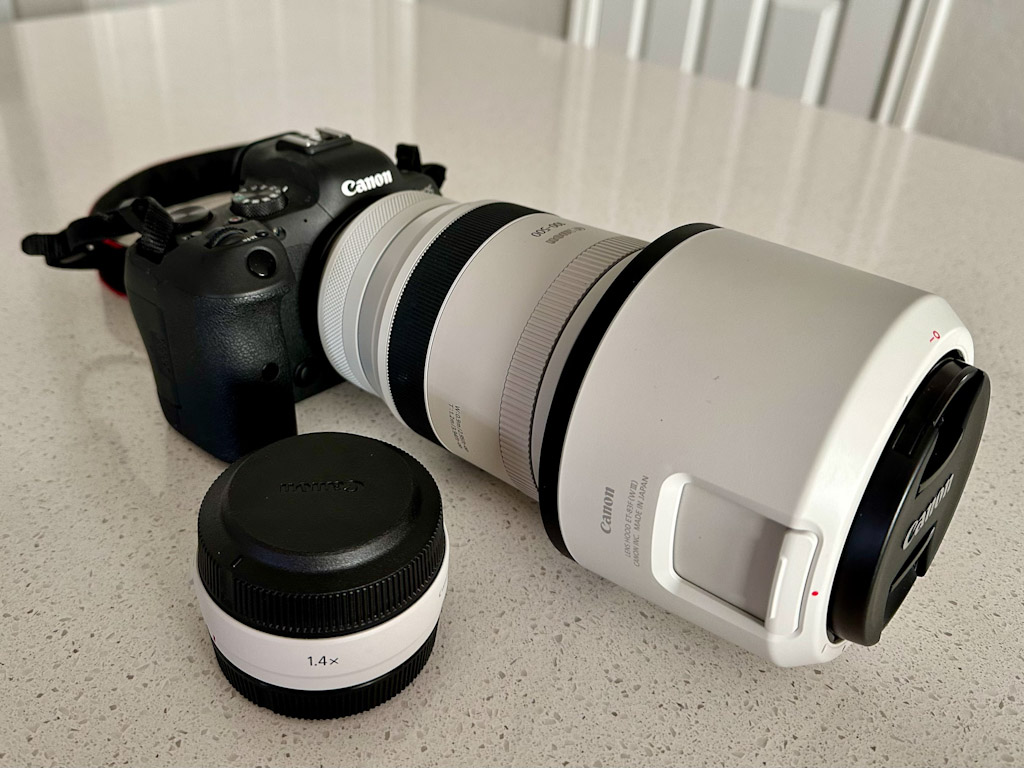
By carrying a camera with you, you increase your chances of capturing a photo of the bird, even if it only stays within sight for a few seconds. This allows you to review the image later, when you have more time and a calm environment, to study the details and consult your field guide or Merlin for identification.
When choosing a camera for birding, opt for one with a quick autofocus system and a versatile zoom lens. This ensures you can rapidly adjust focus and capture birds at various distances. Personally, I prefer using my Canon R6 because it has automatic animal eye focus which improves the changes
Get a local birding guide
In certain instances, such as when visiting remote areas or unfamiliar territories, it can be immensely beneficial to hire a local birding guide. Local guides possess in-depth knowledge about the region’s bird species, their habitats, and the best times and locations to spot them. They can greatly enhance your birding experience by maximizing the number of species you encounter and providing valuable insights into the local ecosystem.
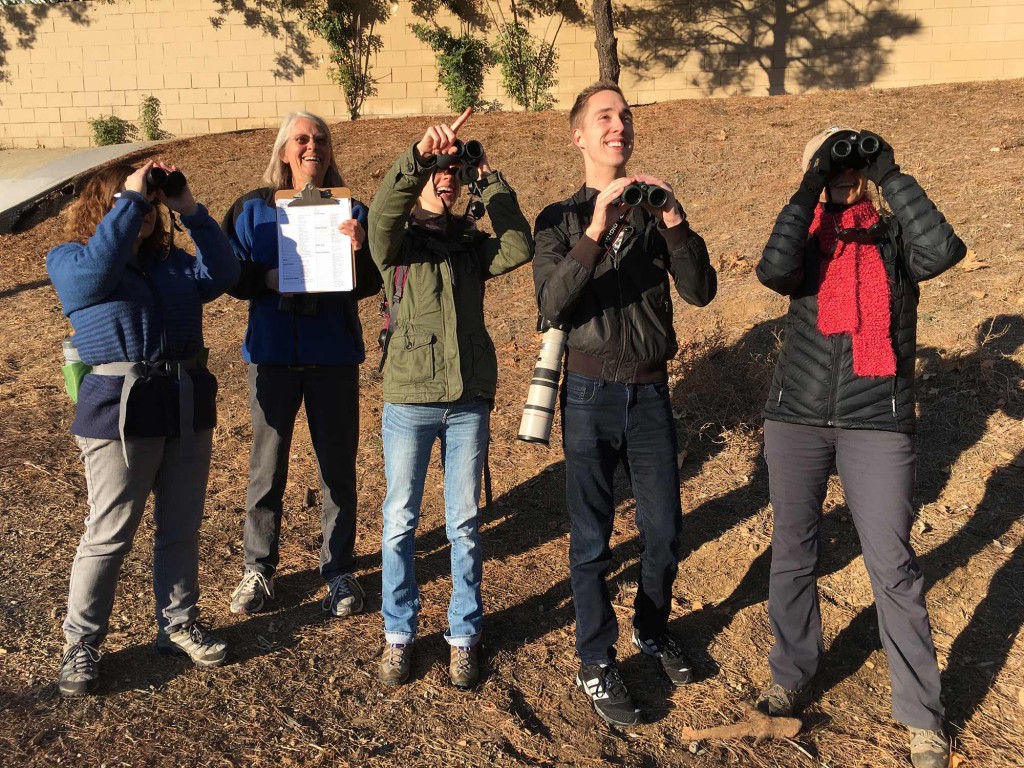
Birding guides are often experienced naturalists who can identify birds by their calls, songs, and behavior. They know the specific hotspots where elusive or rare species are more likely to be found. With their guidance, you can discover hidden gems and observe bird species that you may have overlooked on your own. They also contribute to your overall understanding of the area’s natural history, ecology, and conservation efforts.
Working with a local birding guide not only increases your chances of encountering a wider range of bird species but also offers a deeper appreciation for the local culture and environment. These guides are usually passionate about their region’s biodiversity and are dedicated to preserving it. Their expertise and enthusiasm can enrich your birding adventure and leave you with lasting memories and a greater understanding of the natural world.
Pack the essential birding gear for your trip
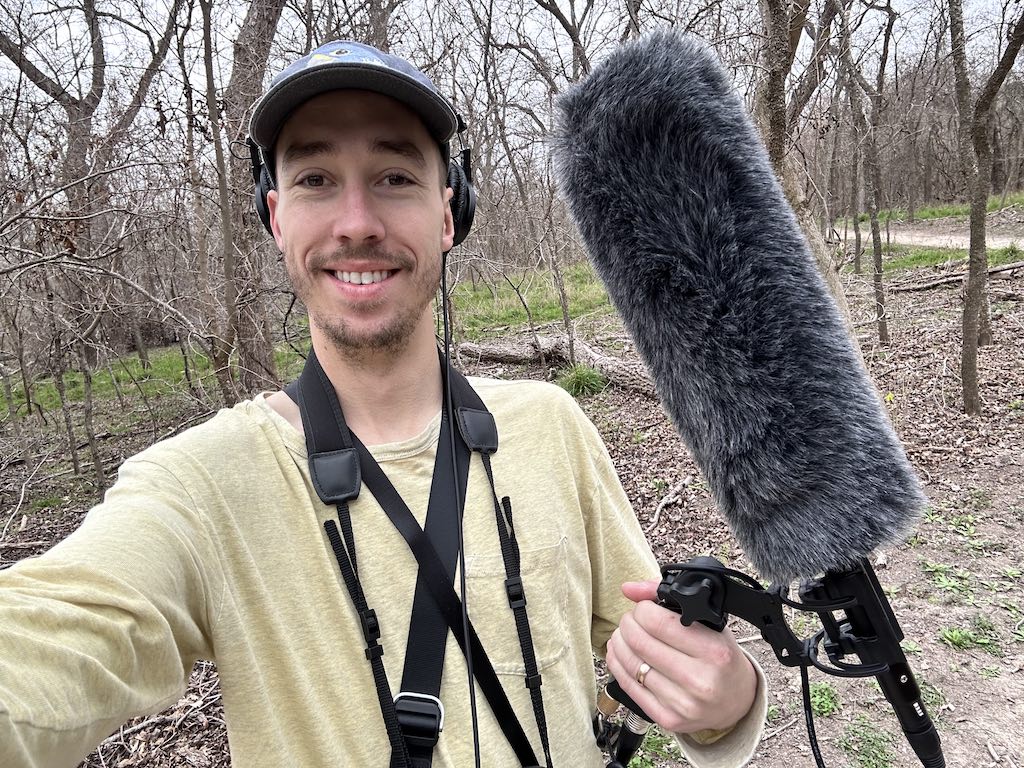
When preparing for birding in a new location, it’s crucial to pack the necessary gear to ensure a comfortable and successful birding experience. Alongside your binoculars, which are essential for observing birds in detail, consider the following items:
- Field guide: A field guide specific to the region you’ll be visiting is invaluable. It provides detailed descriptions, illustrations, and range maps of the local bird species, aiding in identification. Choose a guide that is region-specific, compact, and easy to carry in your bag or pocket.
- Camera and lens: As mentioned earlier, a camera is essential for capturing photos of birds, especially in fleeting moments. Choose a camera with a versatile zoom lens that enables you to photograph birds both near and far. Familiarize yourself with its features and practice shooting in manual mode to improve your chances of capturing quick-moving birds and birds in flight. Consider bringing a microphone or using your phone to capture audio!
- Comfortable footwear: Opt for sturdy and comfortable walking shoes or boots as birding often involves exploring various habitats and terrains. Ensure that your footwear provides adequate support and protection for long walks or hikes.
- Clothing layers: Dress in layers to accommodate changing weather conditions. Choose lightweight, breathable fabrics that allow for movement and moisture-wicking properties. Stay away from noisy fabrics and bright colors. Don’t forget a hat and sunglasses for sun protection.
- Snacks and water: Stay hydrated and energized during your birding excursions by carrying a reusable water bottle and nutritious snacks. Keep in mind that quiet snacks that don’t produce excessive packaging noise are preferable, as they won’t disturb the birds or other wildlife.
Familiarize yourself with local birding etiquette and regulations
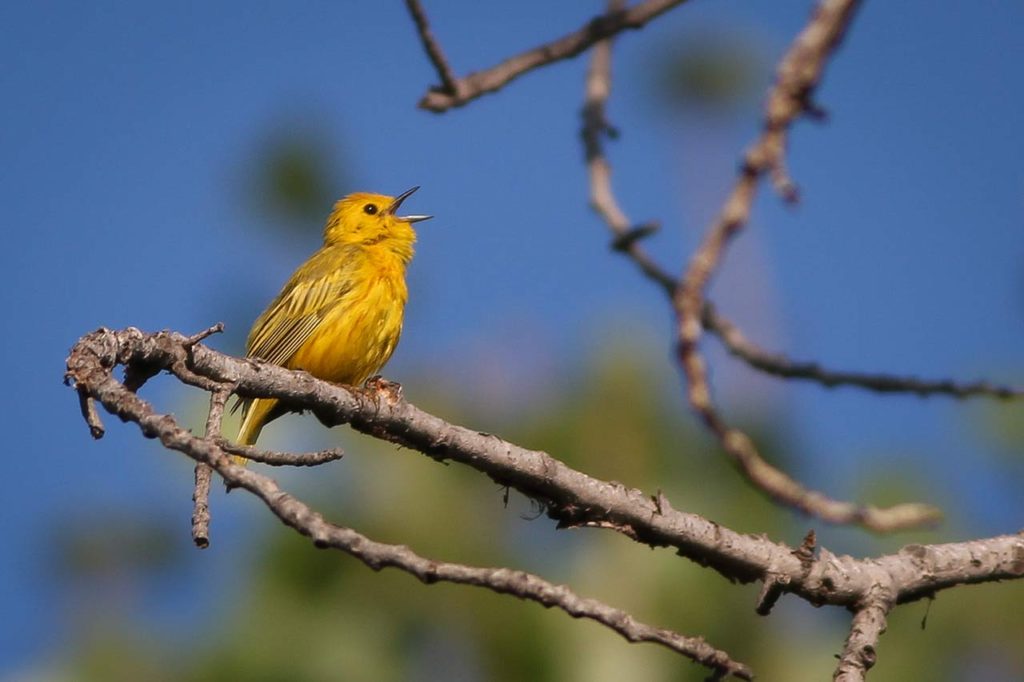
Responsible birding involves adhering to certain guidelines and regulations to ensure the welfare of the birds and their habitats. Before embarking on your birding adventure, familiarize yourself with the local birding etiquette and any specific regulations that apply to the area you’ll be visiting. Here are some essential points to keep in mind:
- Respect bird habitats: Avoid disturbing nesting sites and sensitive habitats. Keep a respectful distance from birds and their nests to minimize stress and interference with their natural behavior.
- Limit playback of bird calls: Excessive playback of calls can stress birds out and can be a controversial method in the birding community.
Plan your birding itinerary and schedule

Creating a well-structured birding itinerary helps you make the most of your time in a new location. Start by prioritizing the birding hotspots you identified through eBird and the insights gained from local birding communities. Consider the following factors when planning your schedule:
- Time of day: Research the optimal times for bird activity. Early mornings and late afternoons are typically the most productive periods, as birds are more active during these times. Plan to be at prime birding locations during these peak hours.
- Habitat diversity: Explore a variety of habitats to maximize your chances of encountering different bird species. Research the specific habitats present in the area, such as forests, wetlands, grasslands, or coastal regions, and plan your visits accordingly.
- Travel logistics: Consider the distance between birding sites and plan your itinerary in a logical sequence to minimize travel time. Factor in any additional transportation requirements, such as boat trips or off-road excursions, and make the necessary arrangements in advance.
- Flexibility: Leave some flexibility in your schedule to accommodate unexpected bird sightings or weather changes.
Stay flexible and open to surprises

While having a well-planned itinerary is important, it’s equally crucial to remain open to unexpected surprises during your birding adventures. Nature has a way of surprising us, and birding is no exception. Here are some tips to stay flexible and embrace the unexpected:
- Unexpected sightings: Keep an open mind and be receptive to sightings of species that were not on your target list. Every bird has its own unique charm, and observing unexpected species can be equally rewarding and exciting.
- Natural phenomena: Pay attention to natural phenomena that can influence bird behavior, such as seasonal migrations, weather patterns, or flowering cycles. These factors can attract different species or create unique opportunities for observation.
- Local knowledge: Engage with local birders, guides, or naturalists you encounter during your trip. They may share valuable insights, tips, or recent sightings that can lead you to new discoveries or hidden birding gems.
- Enjoy the journey: Remember that birding is as much about the experience as it is about the sightings. Take the time to appreciate the beauty of the landscape, listen to the sounds of nature, and connect with the local environment.
By embracing the unexpected and staying flexible, you’ll create space for memorable encounters and enriching experiences that go beyond simply ticking off species from a list.
Connect with local birding communities or guides

Connecting with local birding communities such as a local Audubon chapter (in the US) or guides can greatly enhance your birding experience in a new location. Here’s how you can tap into these valuable resources:
- Online platforms: Join online birding forums, social media groups, or platforms dedicated to local birding communities. These platforms are excellent sources of information, tips, recent sightings, and recommendations for birding hotspots.
- Birding festivals or events: Research if there are any birding festivals or guided bird walks happening in the area during your visit. Participating in these events not only provides opportunities for guided birding experiences but also allows you to meet fellow birders and share knowledge.
Embrace the joy of birding and celebrate your observations
One of the great pleasures of birding is the opportunity to build your “life list” of bird species, documenting the birds you’ve encountered throughout your journeys. Celebrate every sighting, whether it’s a common species or a rare find. Each bird has its own story and contributes to the tapestry of your birding experiences.
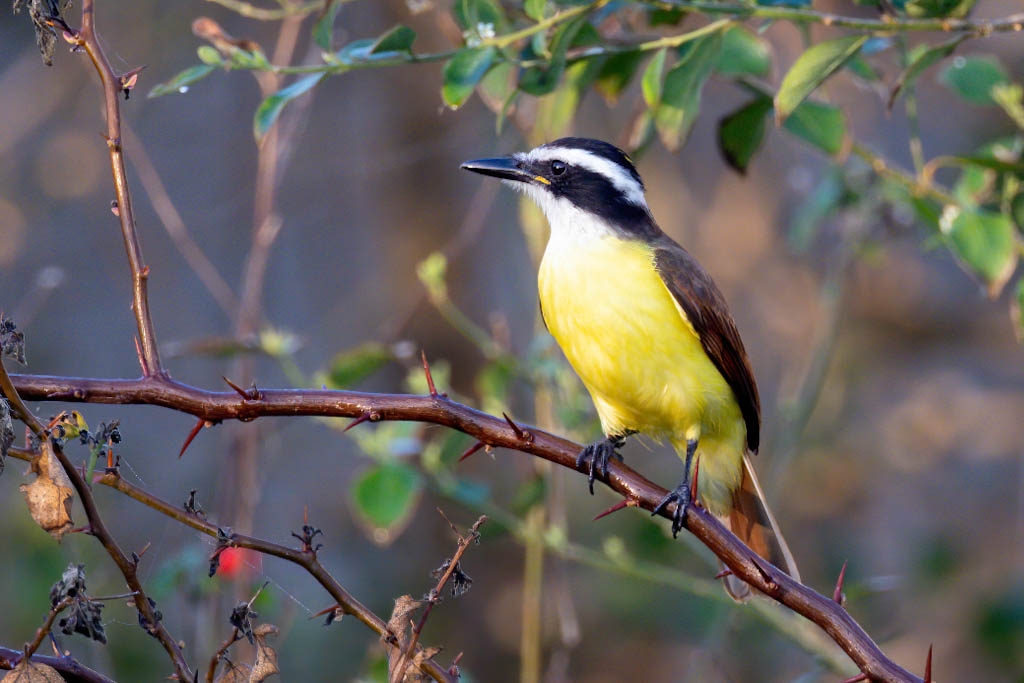
Keep a record of the species you observe, noting the date, location, and any unique observations or behaviors. This log becomes a cherished memento of your birding adventures and a testament to your growth as a birder. eBird enables you to add notes to any observation
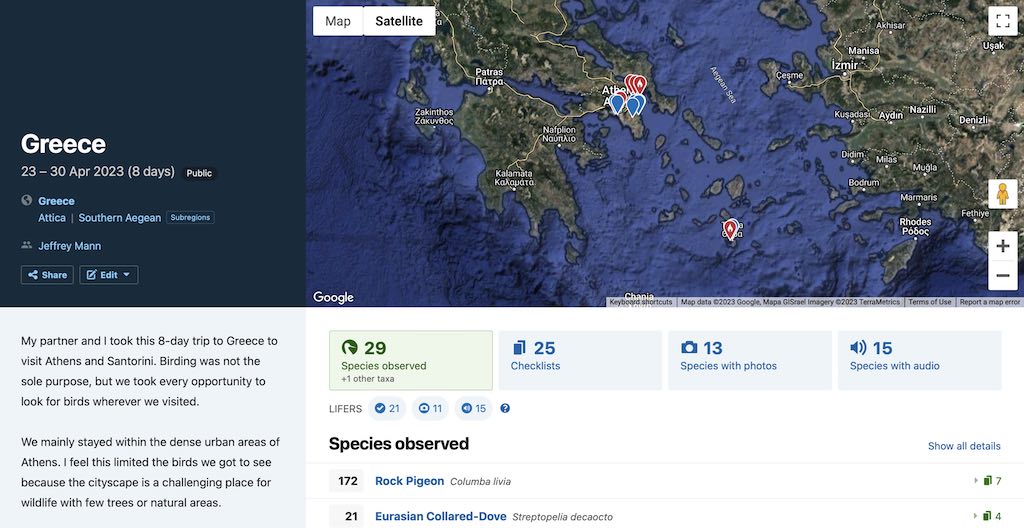
Take advantage of the eBird Trip Report feature. This feature enables you to select a date range and it will summarize all of your checklists, species observed, locations visited, and any media captured. Add a narrative to your trip report and optionally share the link to your report with friends or other birders.
In summary
Preparing for birding in a new location is an exciting endeavor that can benefit from careful research, the right tools, and an open mindset. By utilizing resources like eBird and the Merlin app, studying local bird species in advance, packing essential gear, and considering local guides and communities, you can optimize your birding experience.
However, it’s important to remember that birding is not just about ticking off species from a list; it’s about connecting with nature, appreciating the beauty of birds, and fostering a deep sense of wonder and curiosity. So, as you embark on your next birding adventure, immerse yourself in the sights and sounds of the avian world, embrace the unexpected, and celebrate the joy of every bird you encounter.
Happy birding!
